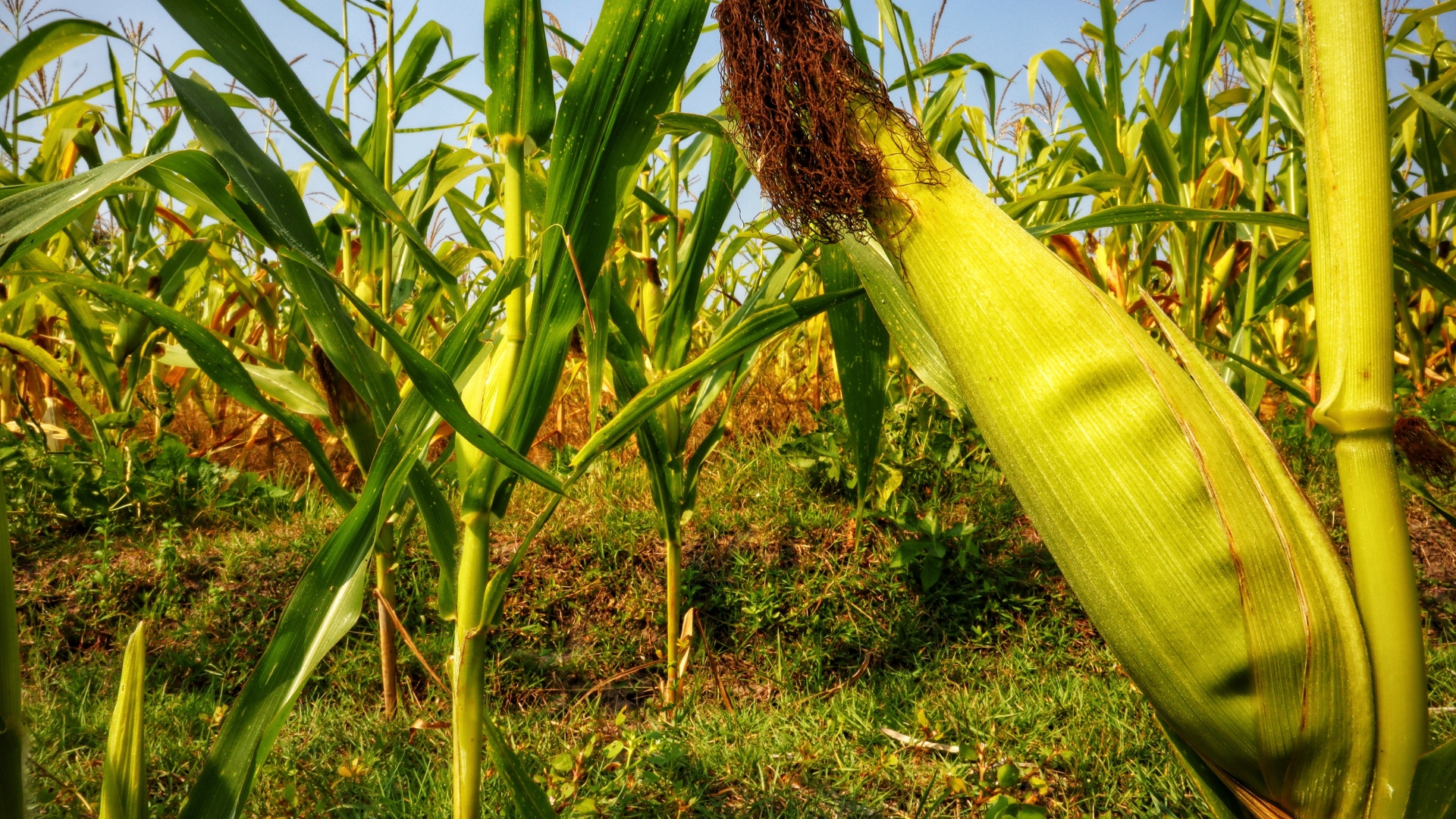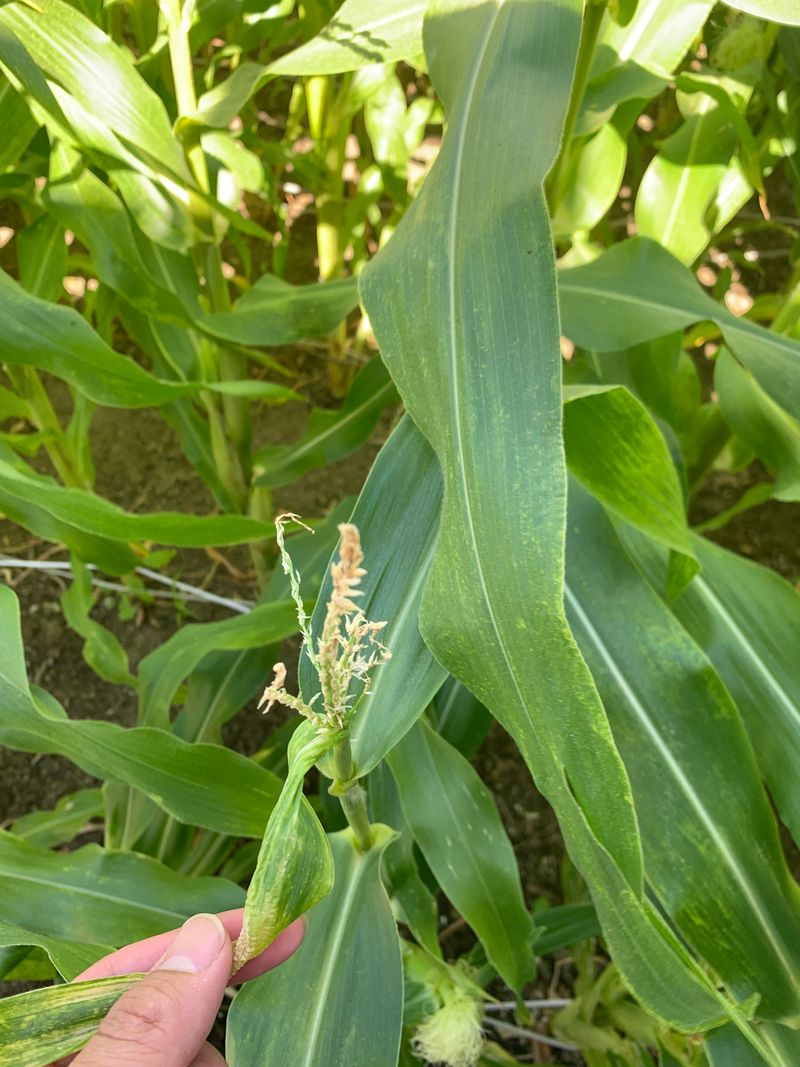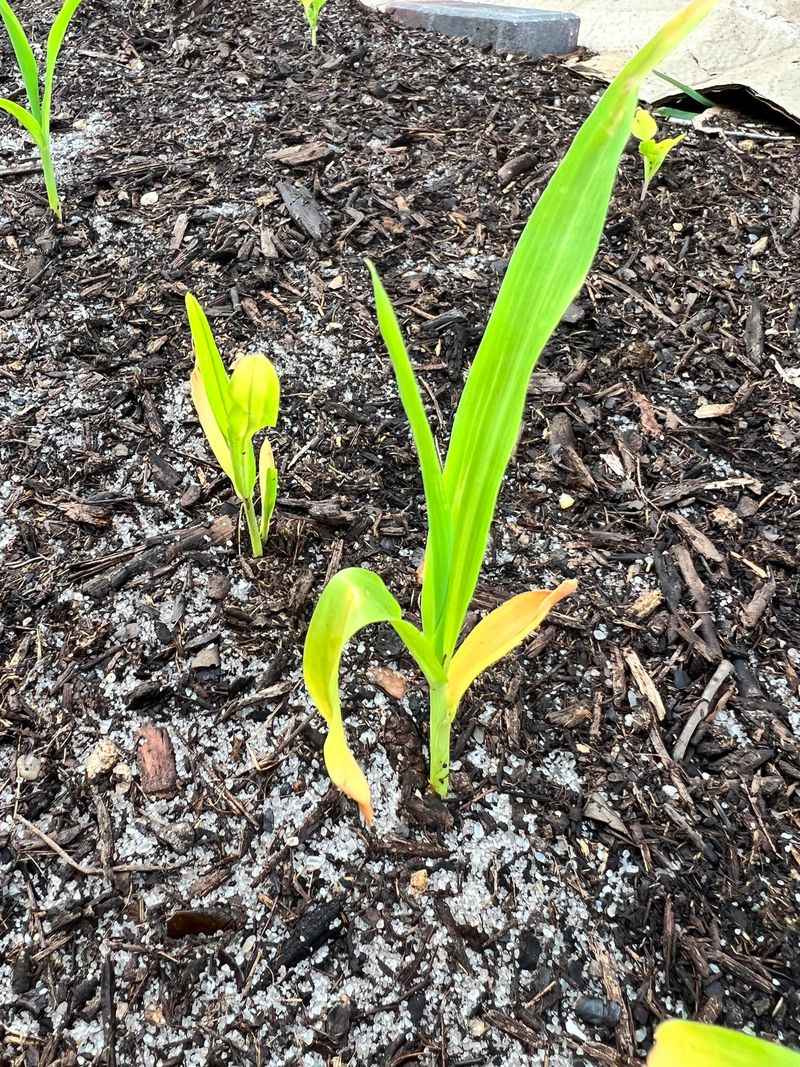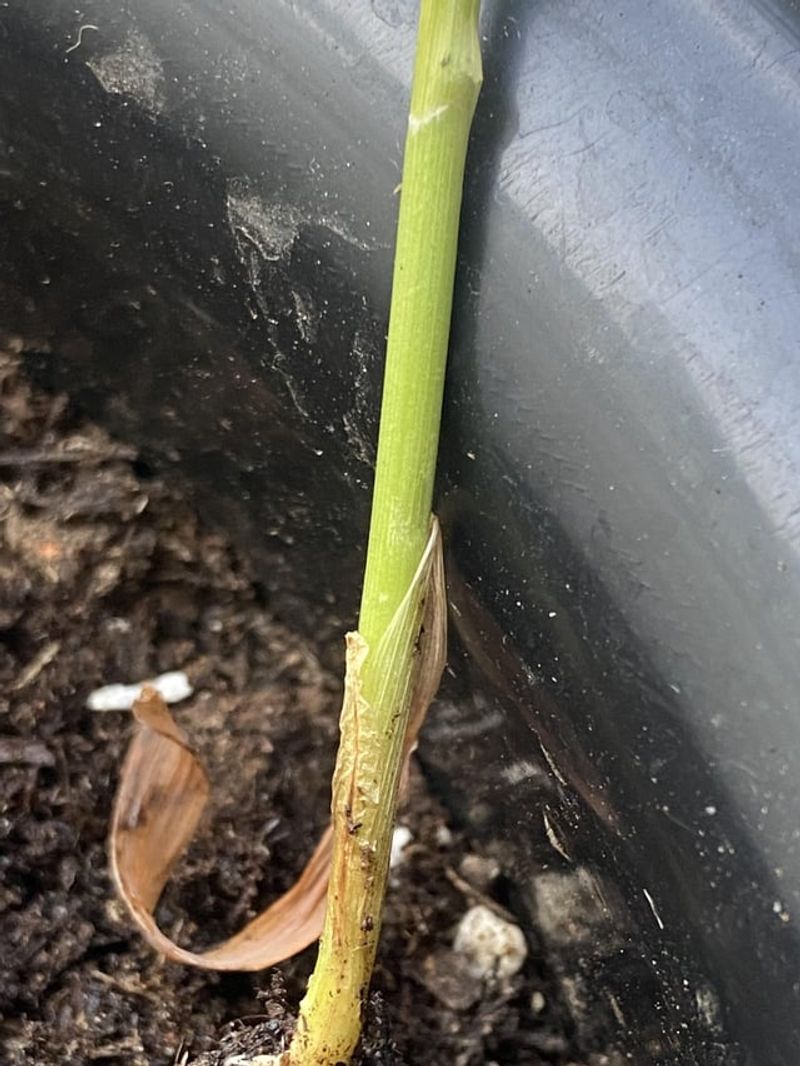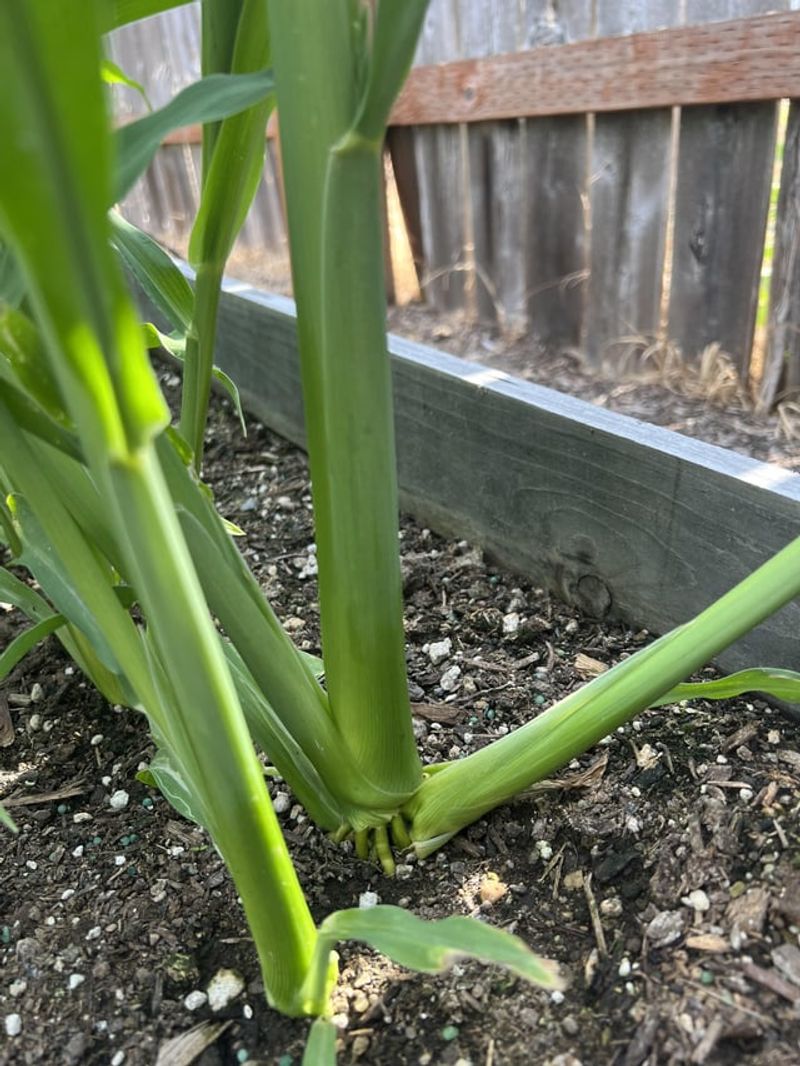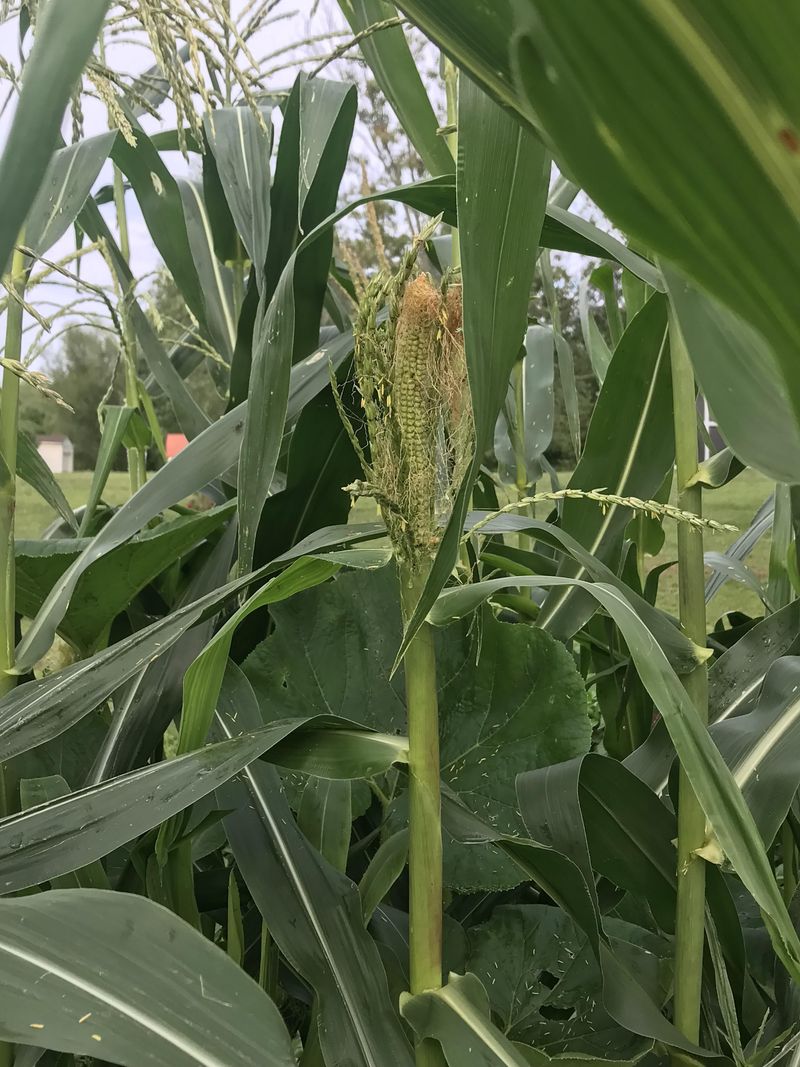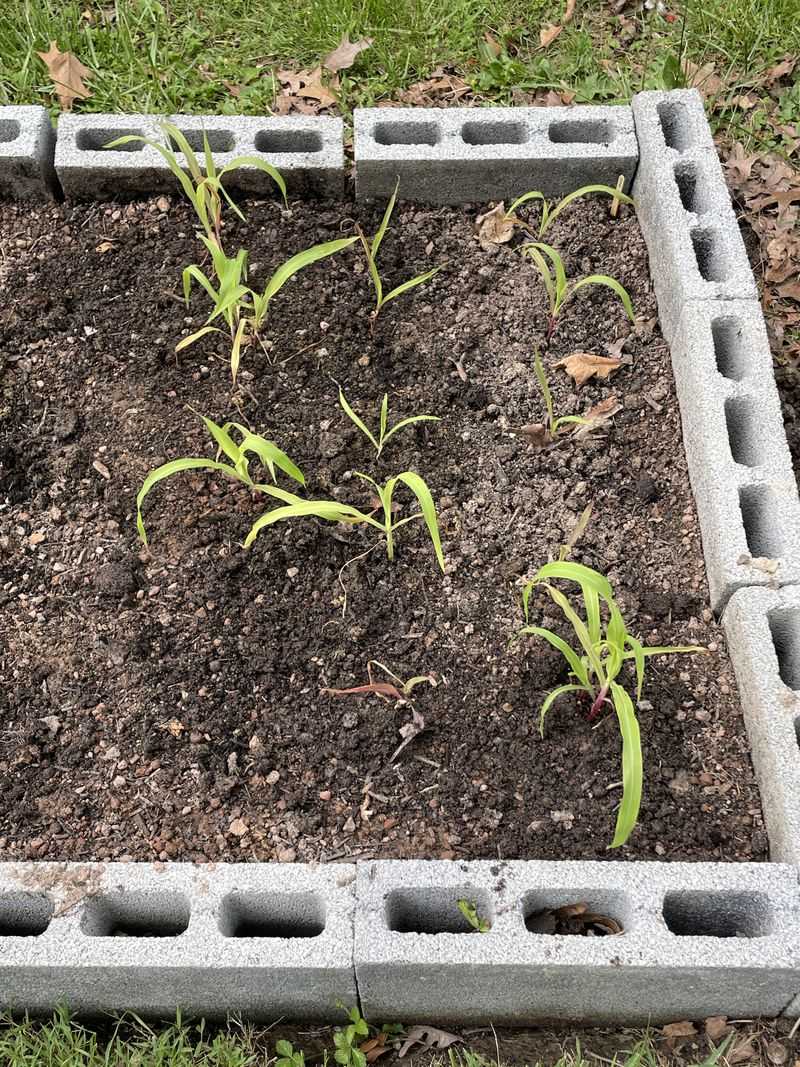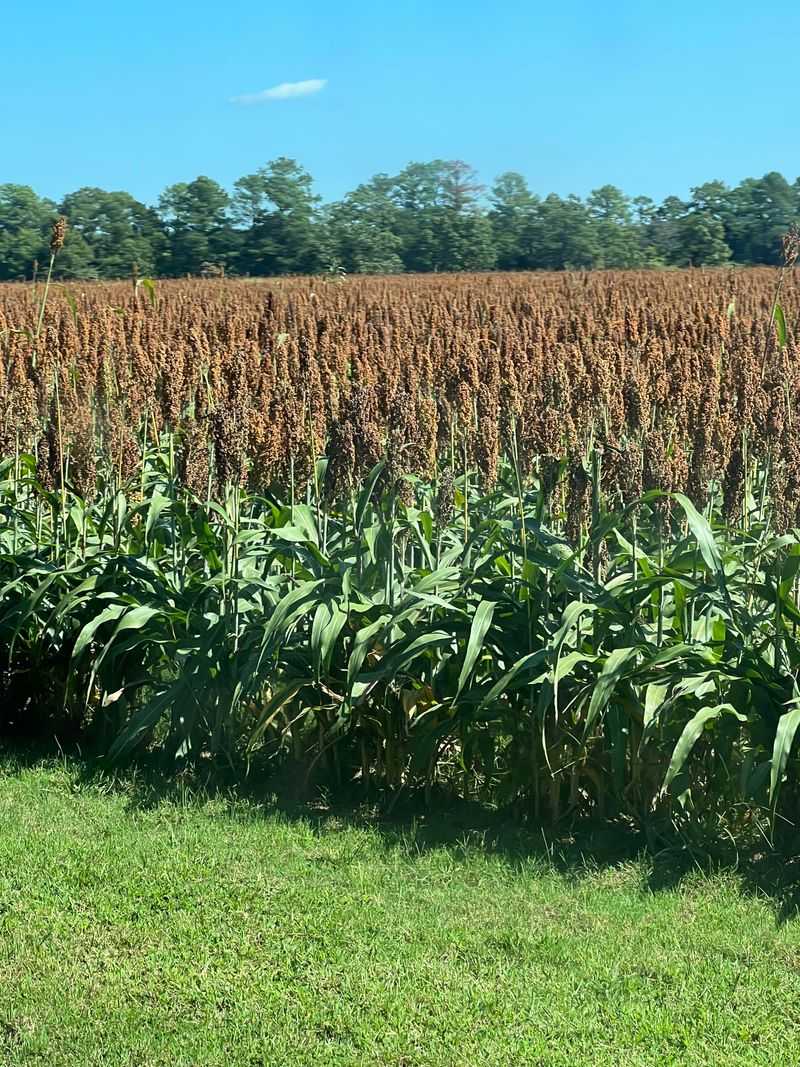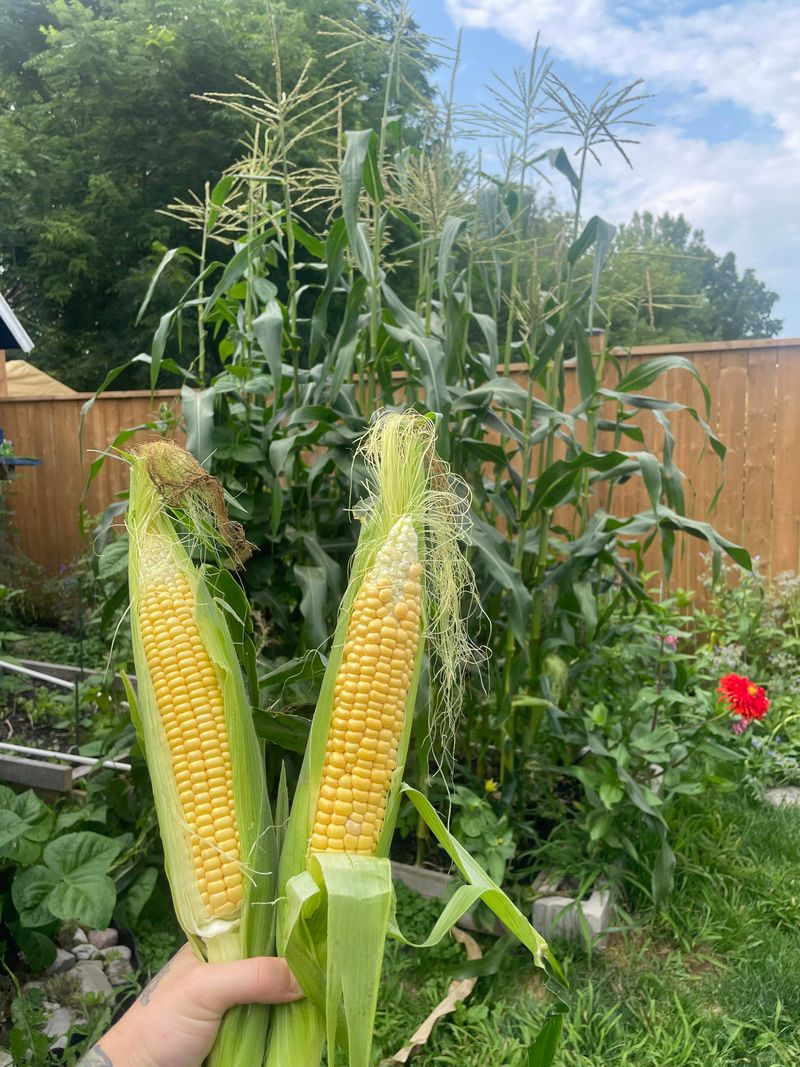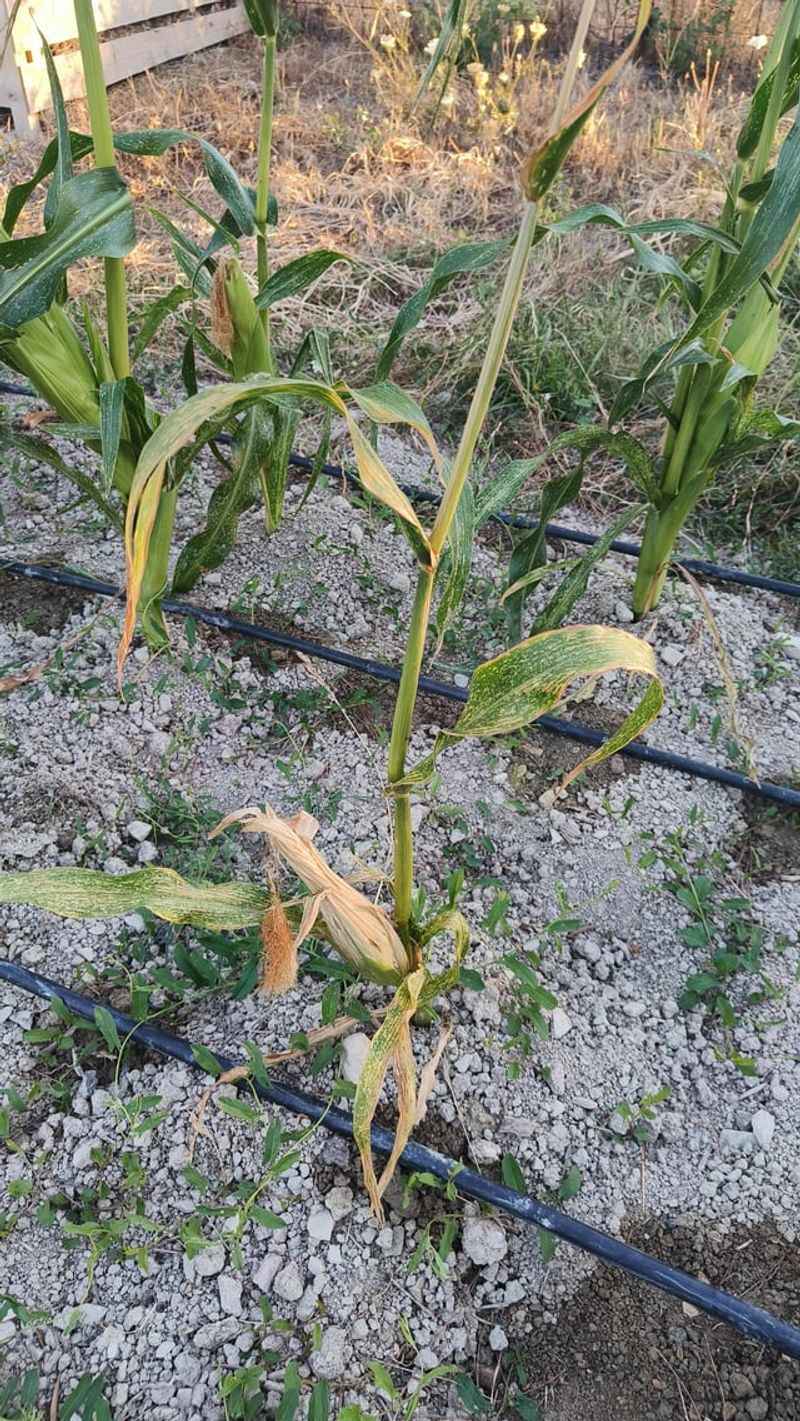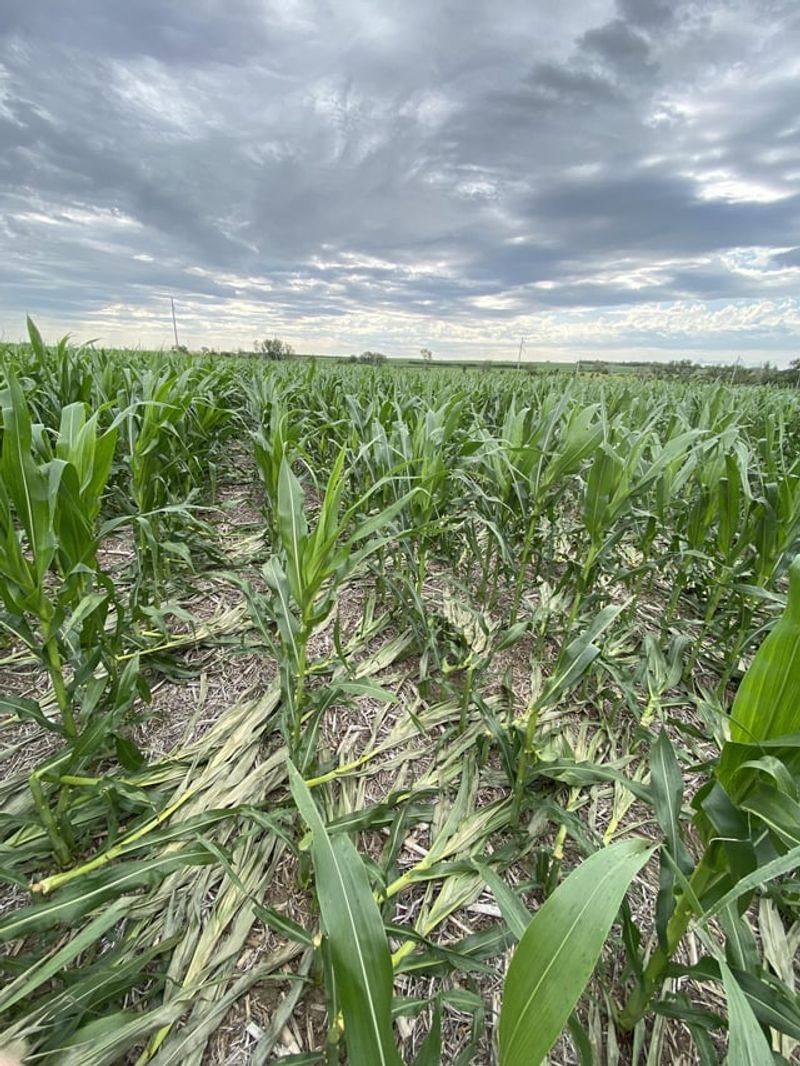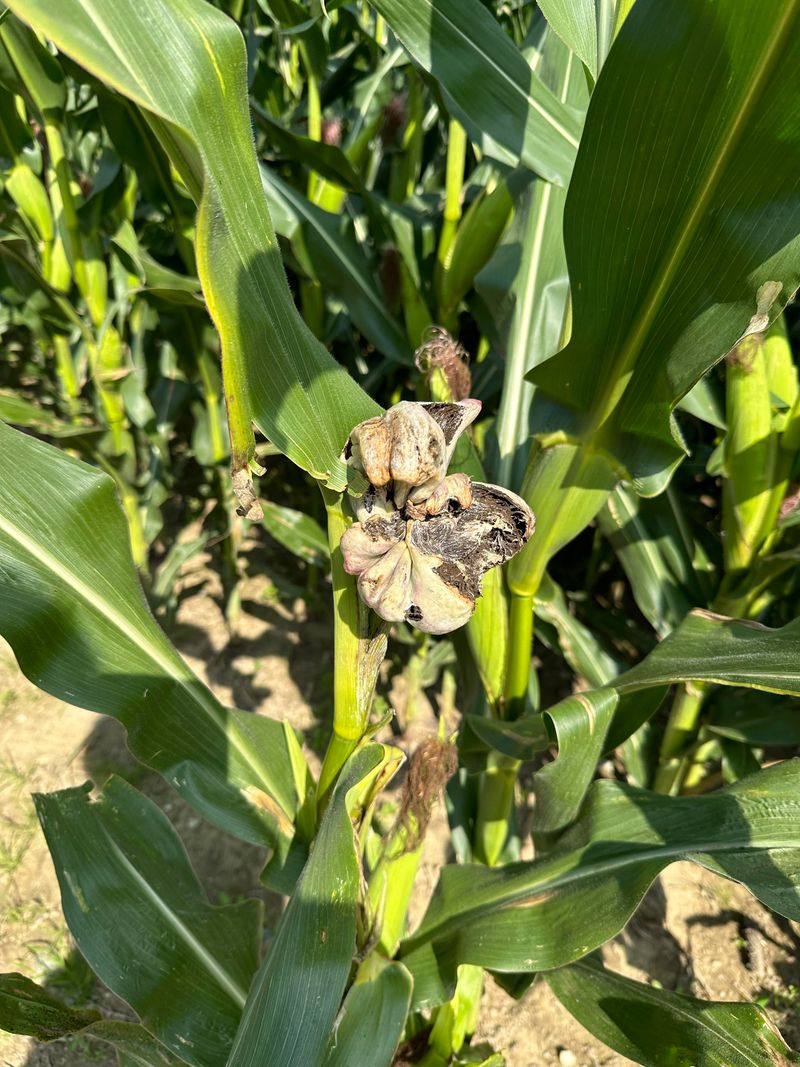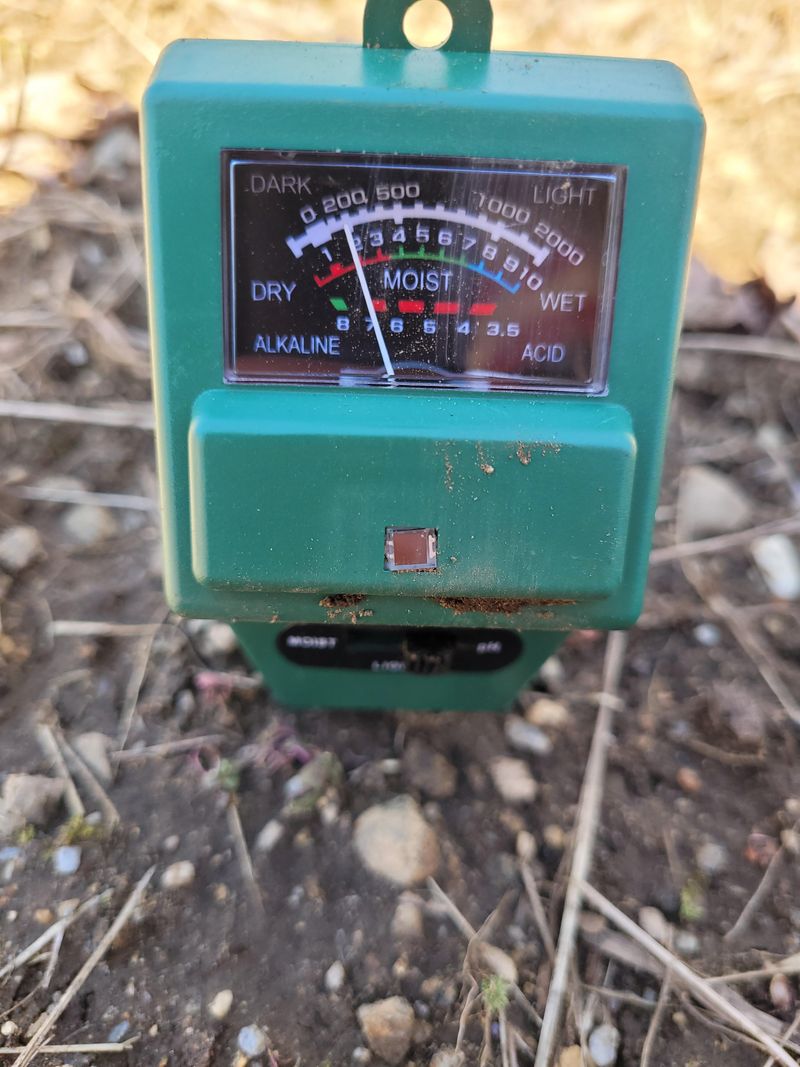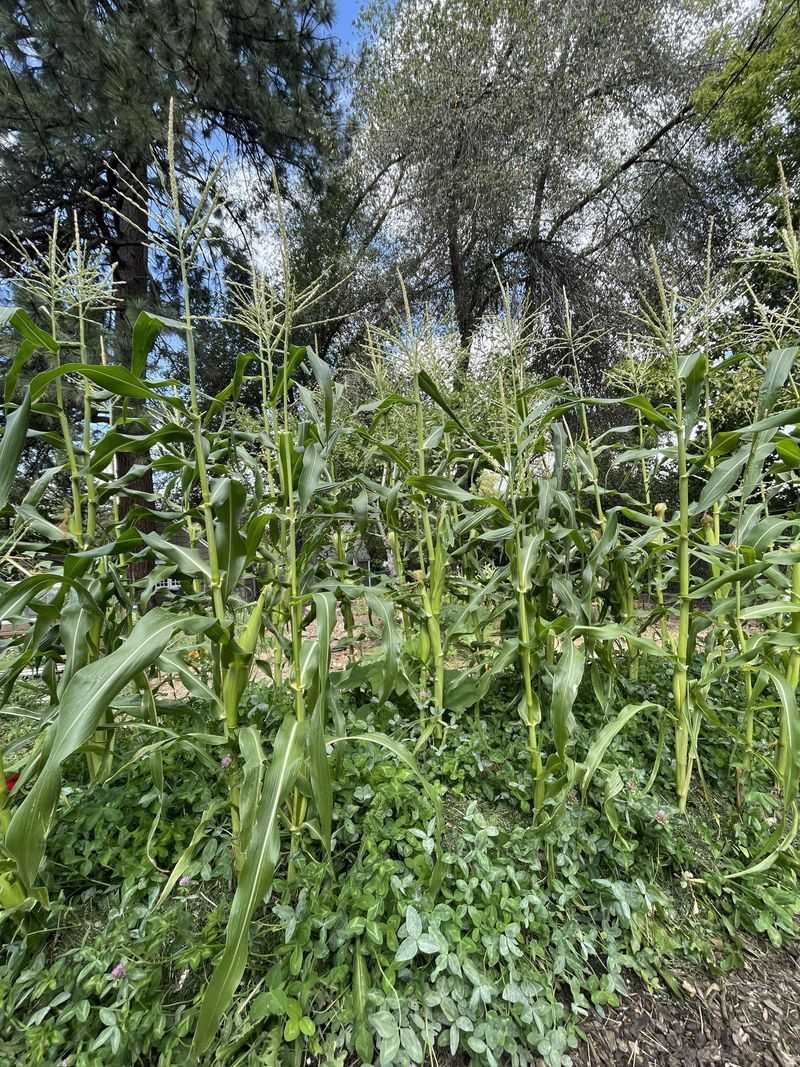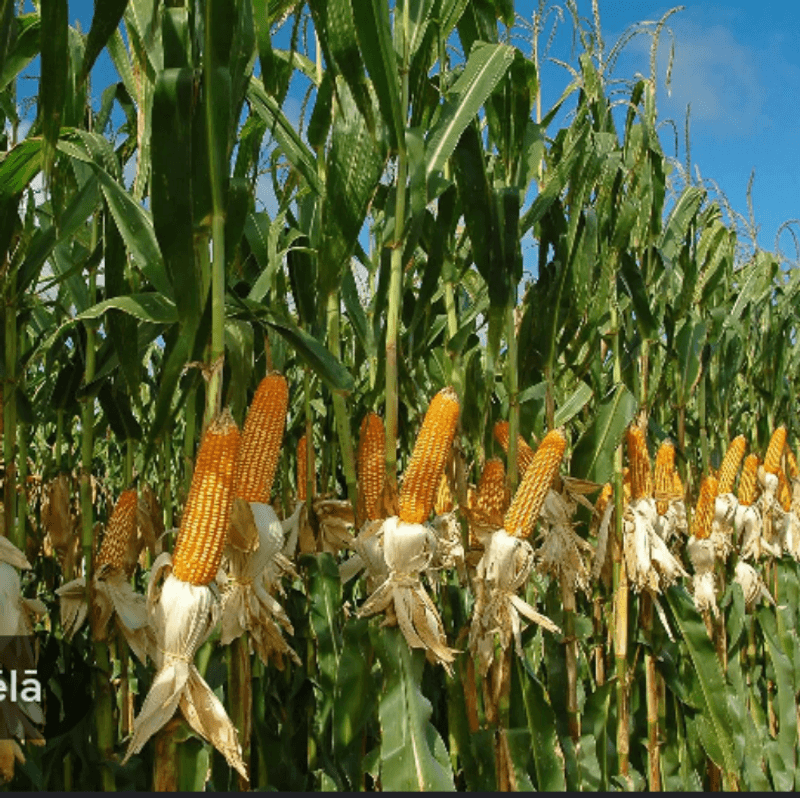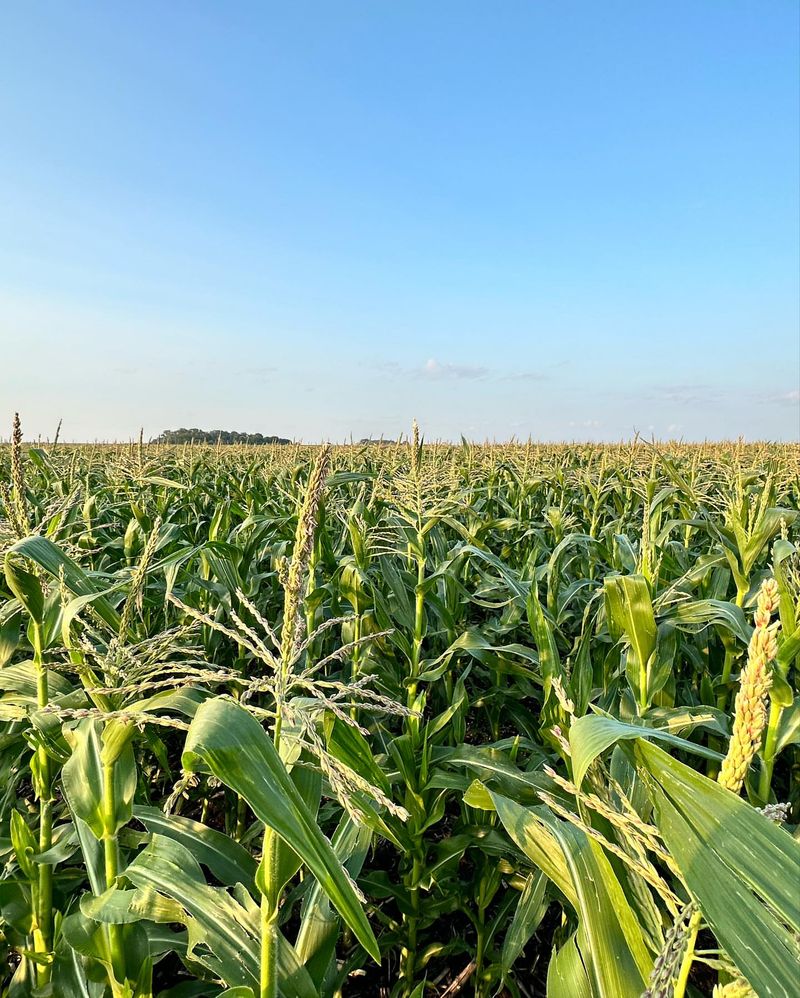If your corn suddenly looks sad and stunted, root rot might be the sneaky reason behind it. I’ve dealt with it before, and trust me, it creeps up fast and does some serious damage.
The good news? There are clear signs to catch it early—if you know what to look for. Let’s break down the warning flags and what you can do right away to help your corn bounce back strong.
1. Wilting Despite Adequate Water
Those droopy corn leaves aren’t just being dramatic. When plants wilt even after you’ve watered them properly, the roots might not be functioning due to rot.
Healthy roots absorb water efficiently, but damaged ones can’t deliver moisture to the plant above. This symptom often appears during warmer parts of the day when water demands are highest.
2. Yellowing Lower Leaves
The bottom leaves turning yellow while the rest remain green is a telltale sign. This discoloration happens because nutrients can’t travel properly through damaged root systems.
You’ll notice this yellowing progresses upward as the infection worsens. The color change typically starts at the leaf tips and edges before spreading inward, creating a distinct pattern of decline.
3. Stunted Growth
Healthy corn grows tall and strong, but plants with root rot seem stuck in slow motion. Affected stalks remain noticeably shorter than their neighbors and produce smaller ears.
The energy that should fuel growth gets diverted to fighting infection. You might also notice thinner stalks and delayed tasseling compared to healthy plants in the same growing conditions.
4. Brown or Mushy Roots
Healthy corn roots should be white or cream-colored and firm to the touch. Gently dig around the base of a suspicious plant and examine what’s below.
Rotting roots appear brown, black, or gray with a soft, mushy texture that falls apart when touched. You might also detect an unpleasant sour or rotten smell coming from the affected root zone.
5. Visible Mold at Base
White, gray, or pink fuzzy growth around the base of your corn stalks signals fungal activity. This mold often appears after rainy periods when conditions stay consistently damp.
The fungal growth might look like cotton or spider webs clinging to the lower stalk. In severe cases, you’ll see this mold extending several inches up from the soil line.
6. Improve Soil Drainage
Root rot thrives in soggy conditions where fungi multiply rapidly. Adding organic matter like compost or aged manure improves soil structure and creates air pockets for better drainage.
For clay-heavy soils, mix in coarse sand or perlite. Consider planting corn on raised rows or mounds in particularly wet areas to keep roots above standing water after heavy rains.
7. Rotate Crop Locations
Fungi that cause root rot can lurk in soil for years. Moving corn to different garden areas each season prevents pathogen buildup and breaks the disease cycle.
Wait at least 3-4 years before planting corn in the same spot again. Good rotation partners include legumes like beans or peas, which actually improve soil health for future corn plantings.
8. Apply Fungicide Treatment
When root rot appears, fungicides containing active ingredients like metalaxyl or fosetyl-aluminum can halt its spread. Apply as a soil drench around affected plants following package directions precisely.
For organic gardens, copper-based fungicides offer a natural alternative. Remember that fungicides work best as preventatives or early interventions rather than cures for advanced infections.
9. Adjust Watering Practices
Overwatering is root rot’s best friend. Water deeply but infrequently, allowing soil to dry slightly between waterings. Morning irrigation gives leaves time to dry before evening.
Use soaker hoses or drip irrigation to deliver water directly to soil rather than wetting foliage. During rainy periods, you might skip irrigation entirely if soil moisture remains adequate.
10. Apply Beneficial Microbes
Certain fungi and bacteria act as natural defenders against root rot pathogens. Products containing Trichoderma or Bacillus subtilis create a protective shield around roots when mixed into soil.
These beneficial microbes work by competing with harmful fungi for space and nutrients. Apply them at planting time and again mid-season for continuous protection against root diseases.
11. Remove Infected Plants
Severely affected corn plants become reservoirs of infection. Carefully pull these plants, including all root material, and dispose of them away from your garden.
Don’t compost diseased plants as home compost piles rarely reach temperatures high enough to kill pathogens. Removing sick plants prevents fungi from spreading to neighboring corn and next season’s crops.
12. Balance Soil pH
Most root rot fungi thrive in acidic conditions. Test your soil and aim for a slightly acidic to neutral pH between 6.0-7.0 for corn.
Add agricultural lime to raise pH if soil tests too acidic. The improved pH not only discourages fungal growth but also enhances nutrient availability to help corn plants resist disease through better overall health.
13. Apply Organic Mulch
A 2-3 inch layer of straw, shredded leaves, or dried grass clippings helps maintain even soil moisture. This consistency prevents stress that makes plants vulnerable to infection.
Keep mulch a few inches away from stalks to avoid creating humid conditions against the plant base. Organic mulches also encourage beneficial soil organisms that compete with pathogenic fungi.
14. Strengthen Plants With Seaweed Extract
Seaweed-based fertilizers contain natural compounds that boost plants’ immune responses. Regular foliar applications help corn develop stronger cell walls that resist fungal invasion.
The trace minerals in seaweed also support overall plant health. Apply every 2-3 weeks during the growing season as a preventative measure or to help recovering plants rebuild their defenses.
15. Plant Resistant Varieties
Some corn varieties naturally resist soil-borne diseases better than others. Seed catalogs often list disease resistance ratings for each variety.
Look specifically for types labeled as resistant to Pythium, Fusarium, or Rhizoctonia – common root rot pathogens. These resistant varieties might cost slightly more but pay off with healthier plants and better harvests.

